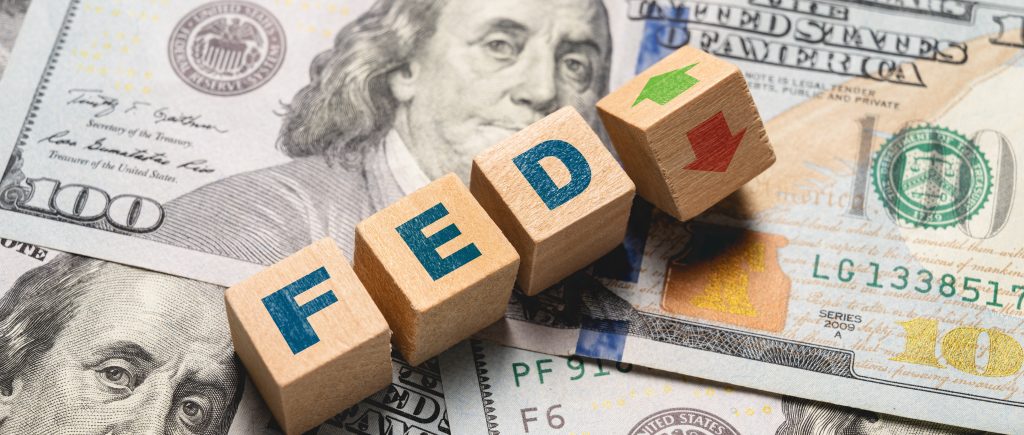On Thursday, the dollar experienced a decline as traders assessed the trajectory of interest rates in the United States, spurred by statements from Federal Reserve officials reinforcing expectations of an extended period of monetary tightening.
Recent weeks saw the dollar strengthening, propelled by a series of robust US economic data releases that shifted expectations away from near-term rate cuts. Additionally, heightened tensions in the Middle East bolstered the dollar’s allure as a safe haven asset.
The dollar’s vigor exerted significant influence across currency markets, holding the yen near its lowest levels in 34 years and prompting cautionary statements from Japanese authorities amid traders’ anxiety about potential intervention. Emerging market currencies also faced pressure.
In a significant development, the United States, Japan, and South Korea convened on Wednesday for their first trilateral financial dialogue, emphasizing the need for close consultation on exchange markets. This underscores Tokyo and Seoul’s apprehensions regarding recent sharp depreciations in their respective currencies.
The euro experienced a slight dip on Thursday, reaching $1.0664 after a 0.5 percent increase on Wednesday, signaling a departure from its recent five-month low touched on Tuesday.
Meanwhile, the British pound edged up to $1.2449, registering a modest 0.02 percent gain on Thursday.
The dollar index, gauging the US currency against a basket of six major counterparts, settled at 105.97 in the latest trading session, stepping back from Tuesday’s five-and-a-half-month high of 106.51 as traders adjusted their positions. The index has ascended by 4.5 percent so far this year.
Federal Reserve official Michelle Bowman remarked on Wednesday that progress in curbing inflation in the United States may have stalled.
The yen experienced a marginal uptick of 0.05 percent to $154.29 but remained in proximity to its 34-year low of $154.79 touched on Tuesday. Since the start of the year, the currency has depreciated by 8.65 percent.
The Australian dollar remained largely unchanged at $0.6439, while the New Zealand dollar saw a slight decline to $0.5914 following a 0.6 percent rise on Wednesday.
 Noor Trends News, Technical Analysis, Educational Tools and Recommendations
Noor Trends News, Technical Analysis, Educational Tools and Recommendations





